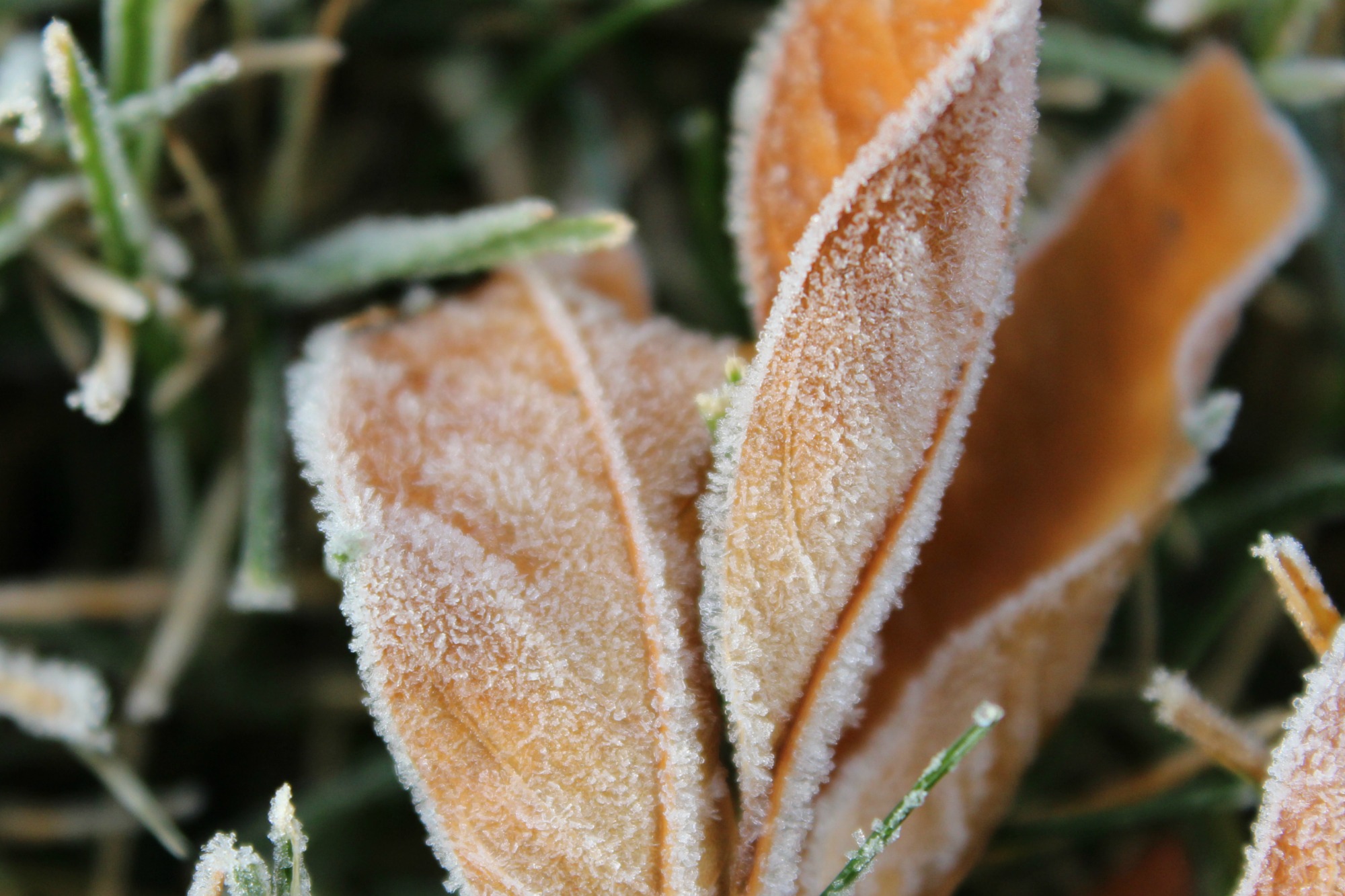
In the gardening world, winter is not the most exciting time of year. In many places, snow covers the ground and gardeners stay indoors and dream about spring.
However, in USDA zones 9 and higher, some plants are blooming and some trees have not lost their leaves. There is still work to be done in the garden. This includes the not-so-glamorous tasks of cleaning up to prepare for spring. Winter is a great time to prune, remove dead plant matter and spray (in some cases).
Sanitation in Winter
Did you know that plant material laying around your garden may harbor pests? Old fruit hanging in trees (called mummies) and/or lying on the ground is a great hiding place. Pests can survive until spring and then reinfect your garden plants. Fallen leaves and branches can also harbor pests. Rake up leaves and compost materials or add them to your green waste container.
Pruning in Winter
The best time to prune certain plants is when they are dormant. Dormancy basically means a plant is asleep, hibernating so to speak. Winter is time to prune deciduous ornamental and fruit trees (with the exception of cherry and apricot). To prune trees, begin by removing dead, diseased and damaged material. Always use sharpened pruning tools and to dip them in a mixture of 10% bleach to water between cuts to eliminate the possibility of spreading disease. Never prune into the bark branch collar, but don’t leave a stub sticking out either. For more detailed information including drawings, read Pruning Trees and Shrubs.
Apricot and cherry trees are affected by fungal and canker diseases spread by rain, so wait to prune them until late fall instead. Citrus trees shouldn’t be pruned this time of year either. They are best lightly pruned (if at all) in spring. The same is true for other evergreen trees.
If you have fruit trees or plan to plant some, I highly recommend my good friend Ann Ralph’s book, Grow a Little Fruit Tree. She has great information on how to care for a healthy orchard full of lots of varieties of trees in a small space. I’m excited to announce that I plan to start my own little fruit tree orchard very soon. More details to come!
Spraying in Winter
If you have plants with recurring pest problems (such as scale, aphids, rust, peach leaf curl or powdery mildew) you may want to spray to prevent disease. Use a dormant spray (horticultural oil) labeled for use for your problem.
If you don’t want to spray and have a tree or shrub with recurring disease/insects problems every year, you may want to replace it with a variety that is less susceptible. Contact a local certified nursery person for more information.
Once you’ve completed your winter tasks, you can enjoy a cup of hot cocoa, apple cider, coffee, tea or other warm beverage while dreaming about spring.
Happy Winter Gardening!
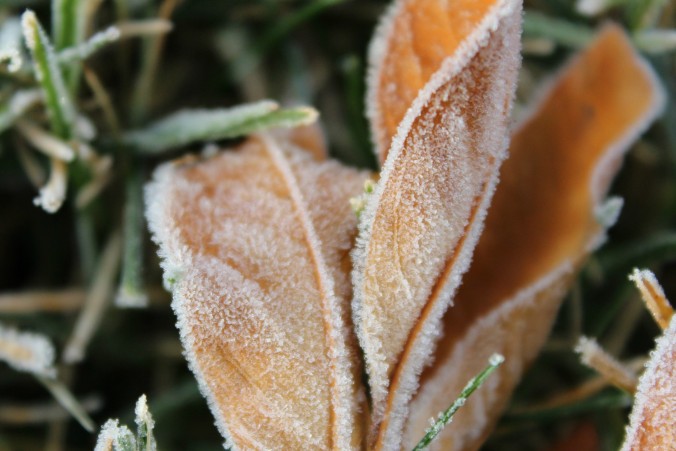
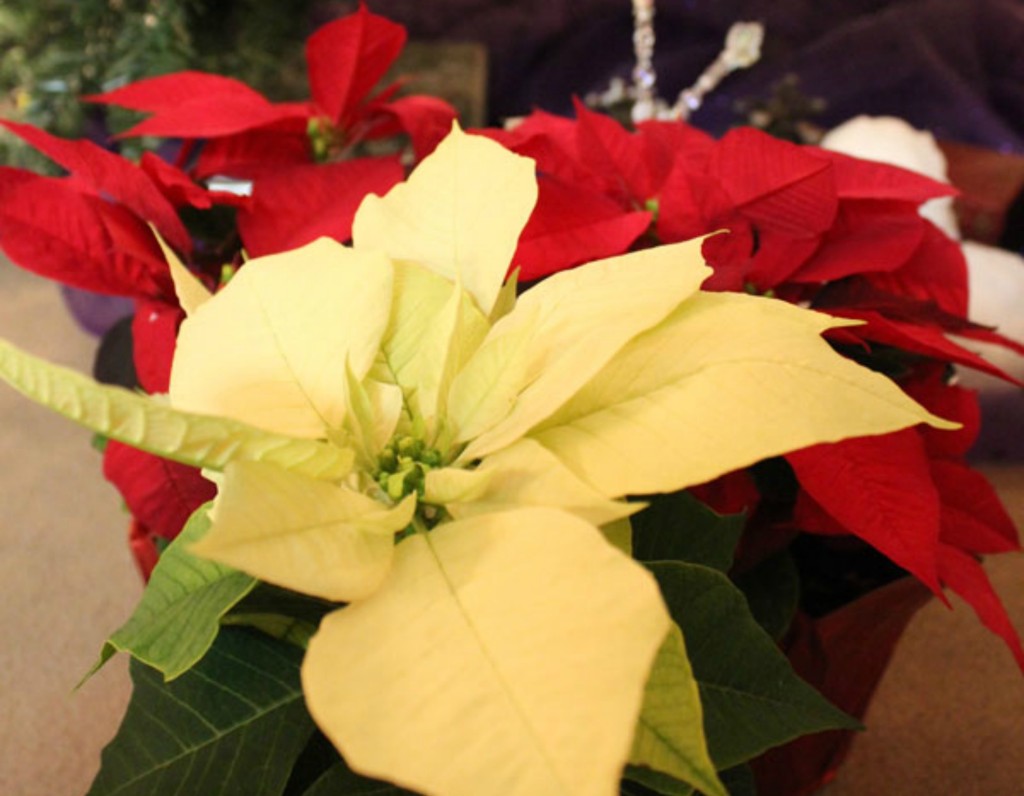

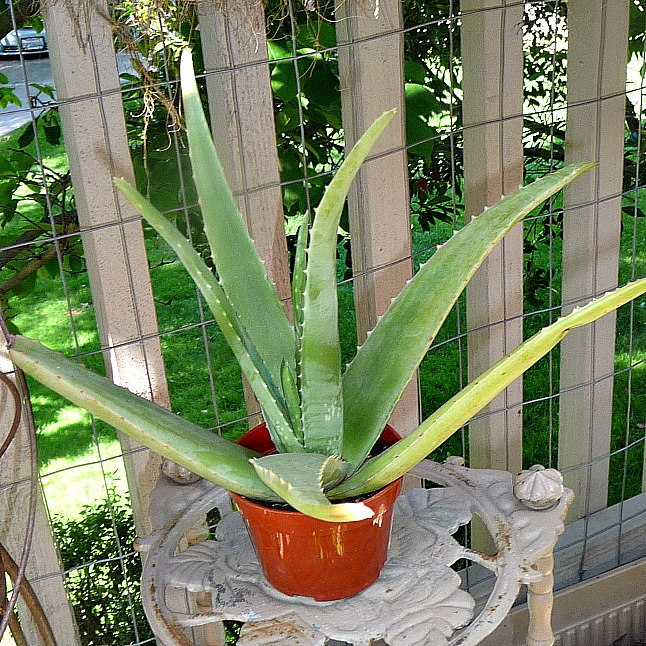

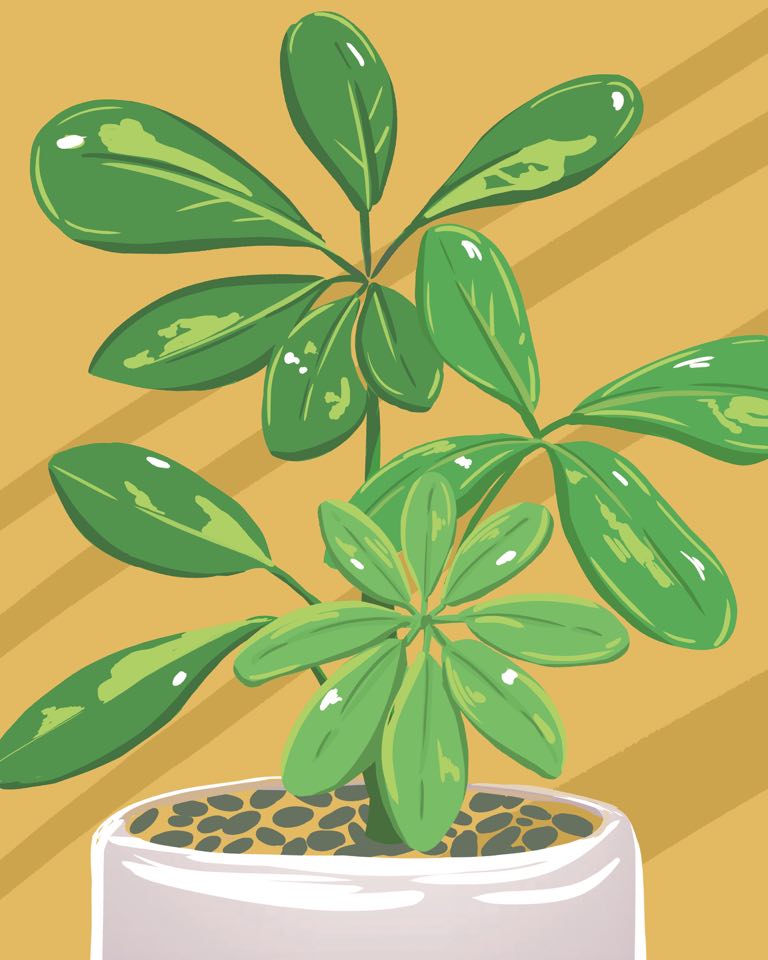
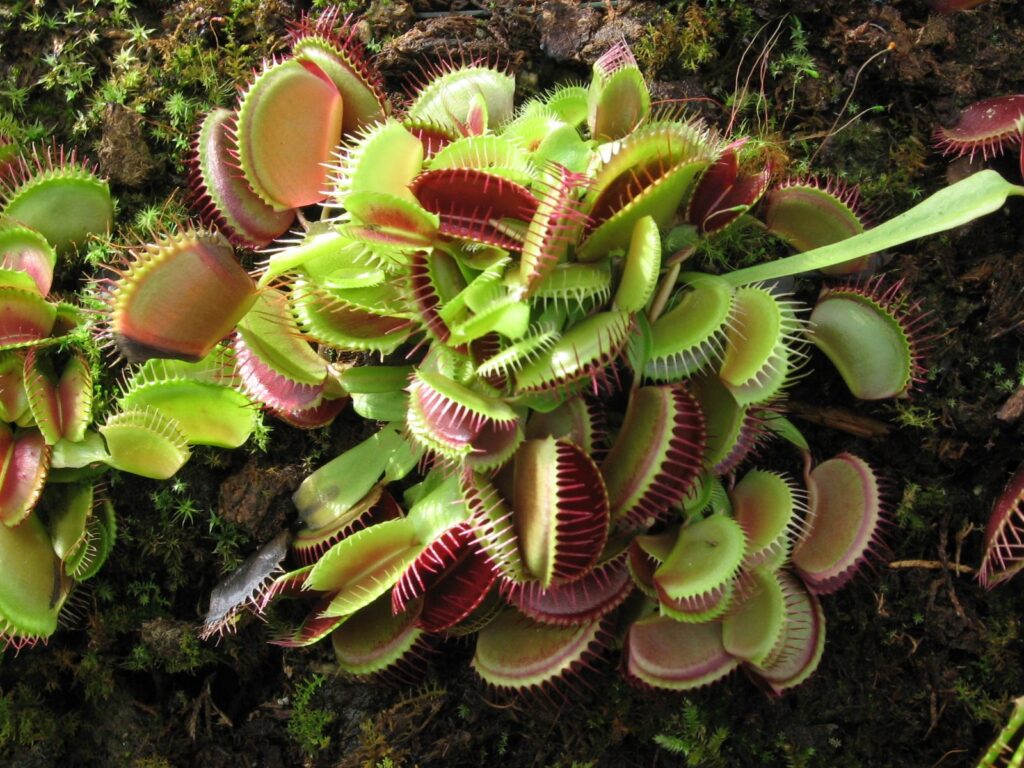
Leave a Reply